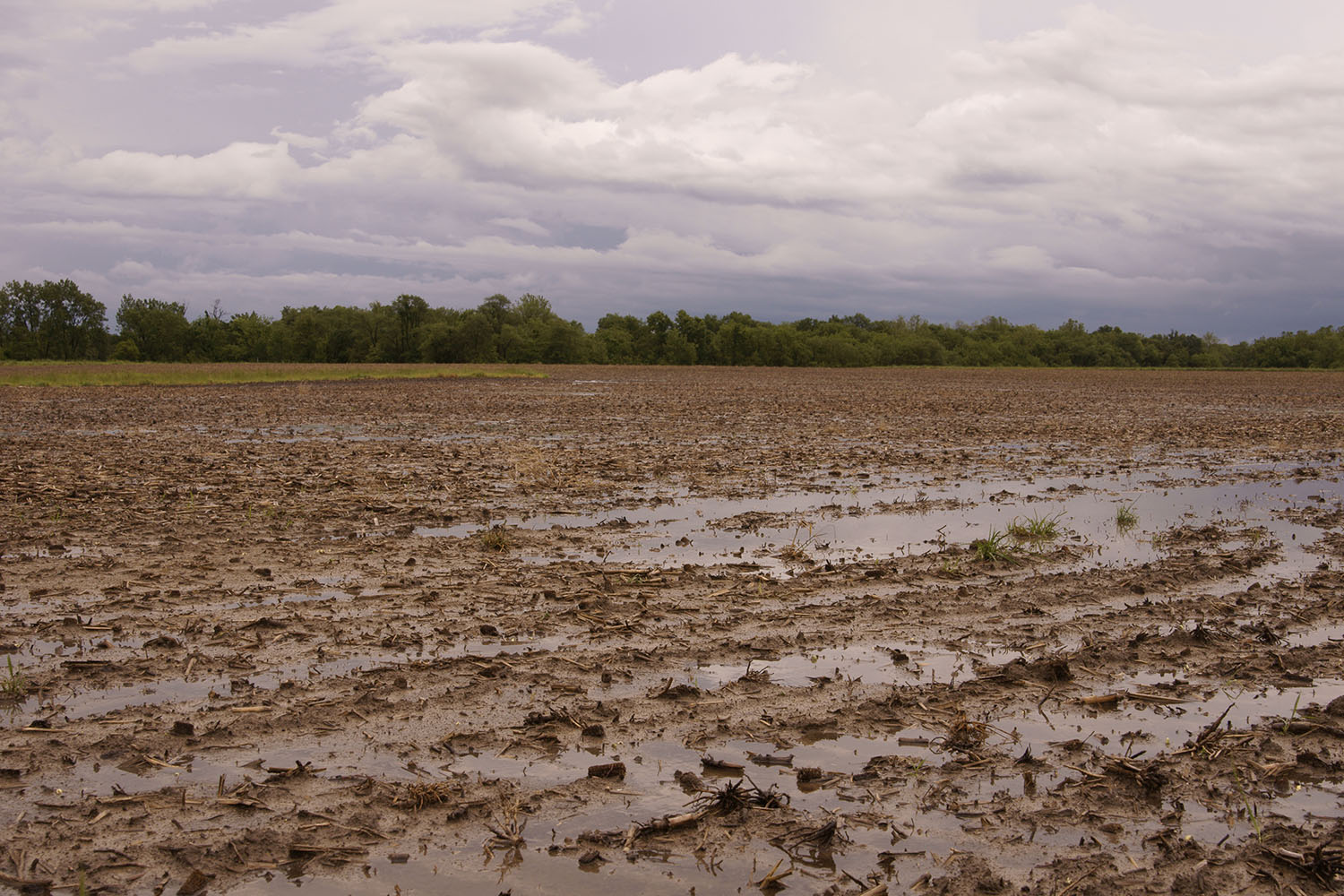2007 Floods Not a Complete Washout in U.S. Great Plains
Submitter:
Bhattacharya, Atreyee — Pacific Northwest National Laboratory
Area of research:
Atmospheric Thermodynamics and Vertical Structures
Journal Reference:
Science
Dead grass, extreme heat, little to no rainfall. For two years, starting in the summer of 2005, a severe drought brought the states of Oklahoma and Texas to their knees. The drought cost the state of Texas $4.1 billion in losses and two million acres burned in wildfires.
Finally, in May of 2007, a series of storms unleashed heavy rain, bringing relief to the prairies. Then the rains continued, relentlessly, for nearly two months, lashing the Great Plains all the way north through the Dakotas. That summer, the U.S Department of Energy’s Atmospheric Radiation Measurement (ARM) Climate Research Facility conducted a comprehensive field campaign in Oklahoma to investigate what drives the formation of cloud and weather events on the prairies.
Known as CLASIC, or the Cloud and Land Surface Interaction Campaign, the campaign comprised measurements of atmospheric water vapor content, cloud properties, and land conditions from seven research aircraft (including a helicopter), three meteorological towers, and a network of radars covering an estimated million square kilometers of the prairies. Now, research published in the Journal of Hydrometeorology presents a first look at the findings from this effort.
Impact
The science team wanted to understand how land conditions, such as soil moisture and vegetation, change the way the atmosphere receives moisture. In planning for the campaign, the team expected to sample a wide range of rainfall and soil moisture conditions across the region; however, the 2007 deluge had saturated the soil completely and uniformly, threatening to compromise the very goals of the operation.
“Our conclusions in this regard are more optimistic than I had (initially) anticipated,” e-mailed Dr. Peter Lamb, lead author of the paper and professor of meteorology at the University of Oklahoma. It turns out that, far from being washed out, the campaign may have yielded unique insights into the atmospheric moisture cycle in the prairies.”
Using both traditional and new methodologies, Lamb, who participated in the CLASIC campaign, and his colleagues compared data from a previous, more “regular” year (2002), as well as two earlier “dry” years (1998, 2006), with data obtained from the very “wet” CLASIC year. They found that during the early summer on the prairie, one of two sources supplies moisture to the atmosphere: evaporation and transpiration from local soil and vegetation rising up through the atmosphere, or water vapor entering the region from the Gulf of Mexico.
During normal or dry years, local evaporation and transpiration are relatively more important for rainfall on the prairies. However, in unusually wet years, such as in the summer of 2007, excess moisture from the Gulf of Mexico “overpowers” the local contribution from evaporation and transpiration, leading to heavier rainfall.
Summary
“These findings may appear to differ from other results that identify central North America as a region of especially strong coupling between soil moisture and rainfall,” write Lamb and his colleagues in the paper. Lamb added that, compared to “the narrower soil moisture focus of the other studies,” his team’s research accounts for a variety of factors that affect rainfall on the prairies.
The record rainfall in the summer of 2007 caused rampant flooding and devastation across the region. Texas launched the largest search-and-rescue operation in its history, and President Bush dispensed $3.8 million in federal disaster aid. The authors expect that their work will provide a background for better understanding of the effect of land conditions on the atmospheric moisture cycle to help improve predictions of such severe weather events.


